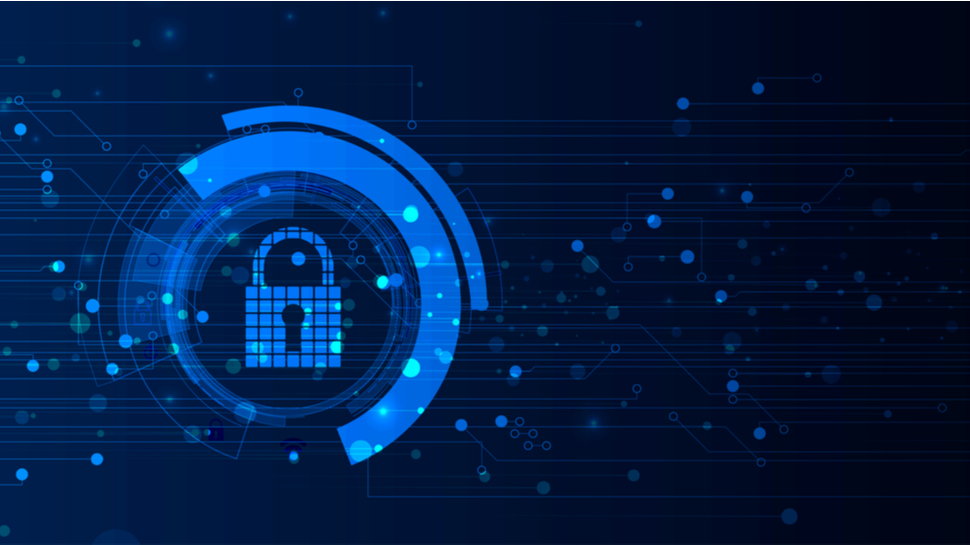
Nearly every modern business utilizes SaaS applications to enhance employee efficiency and productivity. With our workplaces becoming more interconnected, applications like Zoom and Google Workspace streamline workflows and facilitate seamless collaboration with employees and partners worldwide. These benefits have fueled SaaS growth. According to a report from DevSquad, the U.S. SaaS market is predicted to reach $225 billion by the end of 2025 — a 100% increase since 2020.
This SaaS explosion has created unnecessary complexity and risk as organizations grapple with securing users and data across hundreds, sometimes thousands, of applications. Improper management of SaaS identities could leave organizations vulnerable to critical security incidents. On average, businesses have four times as many identities as they know about, which creates opportunities for malicious actors to wreak havoc — and the risk doesn’t end after an employee leaves.
To combat these challenges, IT teams need to create and implement robust identity hygiene strategies, including proper offboarding protocols and access management auditing. A sound strategy can shield businesses from unauthorized access to sensitive data, credential leaks, and devastating data breaches and offer better visibility and management of access. But what should IT teams consider when creating and implementing a plan to manage SaaS apps?
Poor identity hygiene leads to SaaS security risks
Identity hygiene encompasses the measures taken by organizations to consistently uphold the security of data, infrastructure, and applications. The goal is to secure authorized access to vital information, effectively blocking any potential malicious breaches.
Unfortunately, it’s nearly impossible for enterprises to manually keep track of every app used within the organization, given the average management load of around 400 SaaS applications. In modern environments, strong identity hygiene practices often require automated tools to provide the necessary visibility into and control over applications and their associated identities. Left unchecked, these blind spots can become easy targets for hackers to infiltrate systems.
The recent ChatGPT breach is a good example. In this incident, more than 250,000 credentials were compromised and listed on the dark web, potentially granting unauthorized access to systems. If an employee installed and registered for ChatGPT without informing IT, it could lead to unauthorized access and potentially compromised or stolen sensitive data. This underscores the critical need to maintain proper identity hygiene to protect organizations.
Tips to implement proper identity hygiene practices
For an effective identity hygiene strategy, there are a few elements that should be considered to be most effective:
Ensure real-time visibility: Confirm that IT and security teams have visibility into the current SaaS apps in use, which individuals require access to specific data within an organization, and who currently holds such access. This offers more control over a company’s cyber risk profile and enables them to be proactive in their security strategies.
Create a standardized process: Establishing a standardized identity hygiene protocol throughout the organization is effective in ensuring uniformity among employees regarding the management of their SaaS applications and identities. Incorporating practices like using password managers, adhering to a consistent device update schedule, and promptly reporting newly downloaded SaaS applications to the IT team are some ways to standardize the process for all employees to minimize risk.
Leverage automated tools to manage SaaS apps: The volume of SaaS applications managed by organizations is vast, making manual management impractical for IT and security teams. Implementing automated tools can streamline this process and offer the necessary visibility without overwhelming teams. It can serve as a valuable asset in safeguarding organizations against critical security incidents.
Why companies need a proper offboarding process
The security risk posed by SaaS doesn’t cease when an employee leaves an organization — ex-employees’ credentials might retain access to SaaS apps and data. That’s why it is crucial for security and IT teams to complete proper offboarding procedures and regular access management audits. Not having these steps as part of an identity hygiene strategy not only poses a security risk but has wide-ranging implications for regulatory compliance requirements.
For example, a healthcare professional could have access to Practice Fusion, an electronic health record SaaS app, while working at a practice. Once they leave, if the employee isn’t properly offboarded, they could potentially still have access to that account and the medical information within it, which is a HIPAA violation. It could also leave an opportunity for a hacker to use the vacant account as an entry point if left unchecked after the employee departs. Both scenarios could have devastating consequences, such as data theft and monetary damage. Automating the offboarding process is the most effective way to ensure that teams stay up to date on access and that there are no unknown unauthorized access points.
The modern workplace presents security challenges, as the tools we use are increasingly connected. SaaS applications present a risk that should be a top priority for security teams to address. Tackling the complexity of modern SaaS environments requires a robust identity hygiene strategy that incorporates real-time visibility, standardized processes, and automated tools. Strong identity management is essential to ensuring your organization remains both productive and secure.
We've featured the best online cybersecurity course.
This article was produced as part of TechRadarPro's Expert Insights channel where we feature the best and brightest minds in the technology industry today. The views expressed here are those of the author and are not necessarily those of TechRadarPro or Future plc. If you are interested in contributing find out more here: https://www.techradar.com/news/submit-your-story-to-techradar-pro







